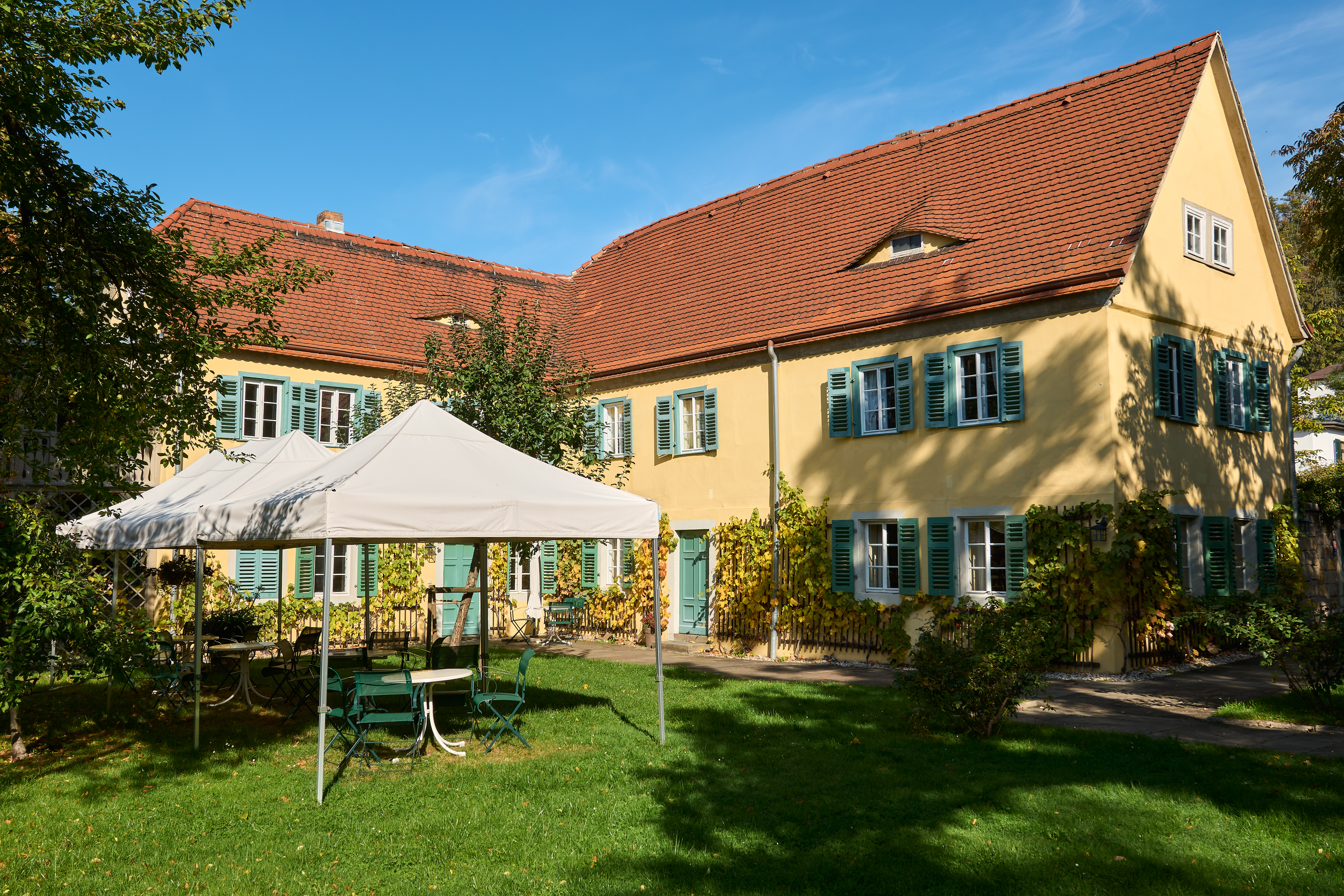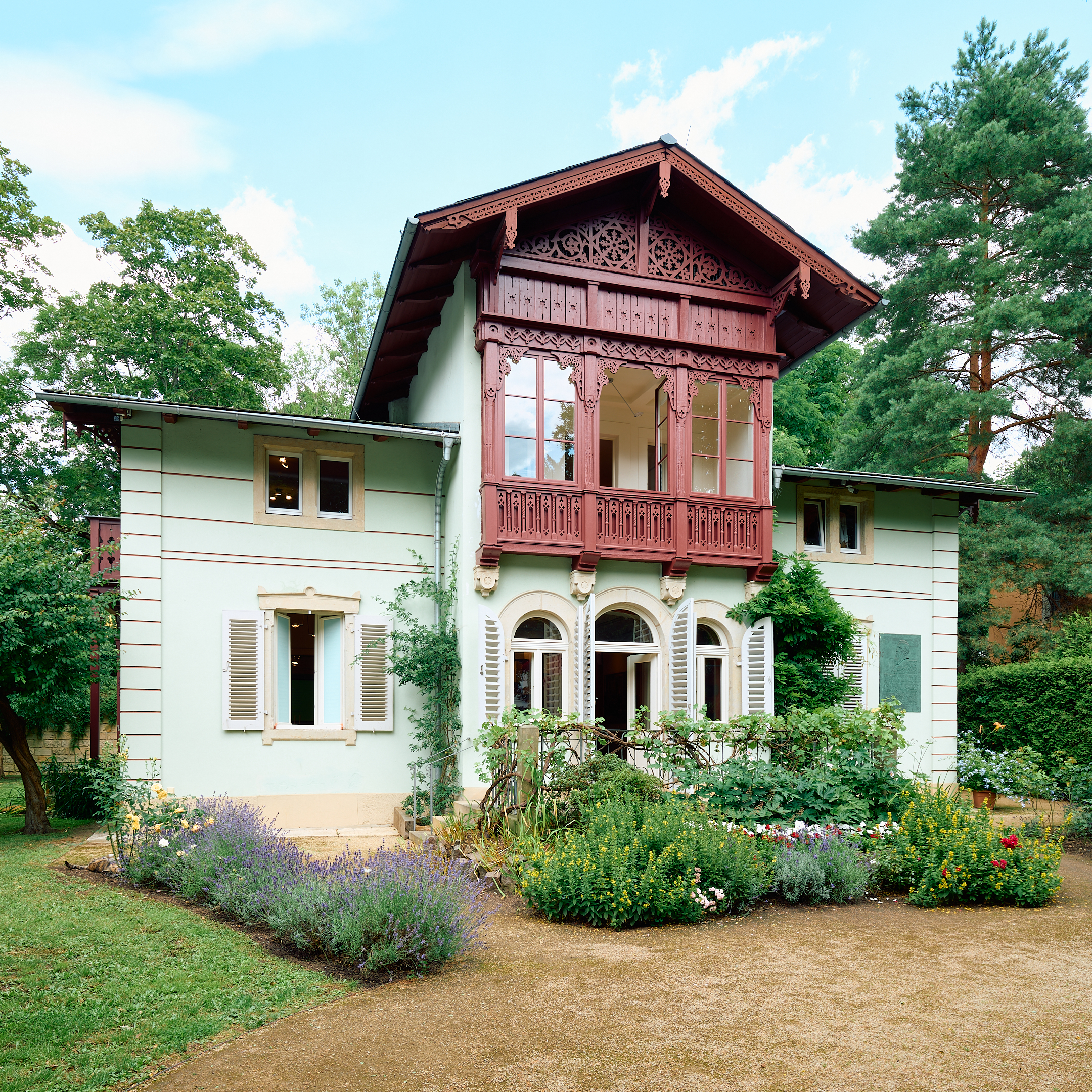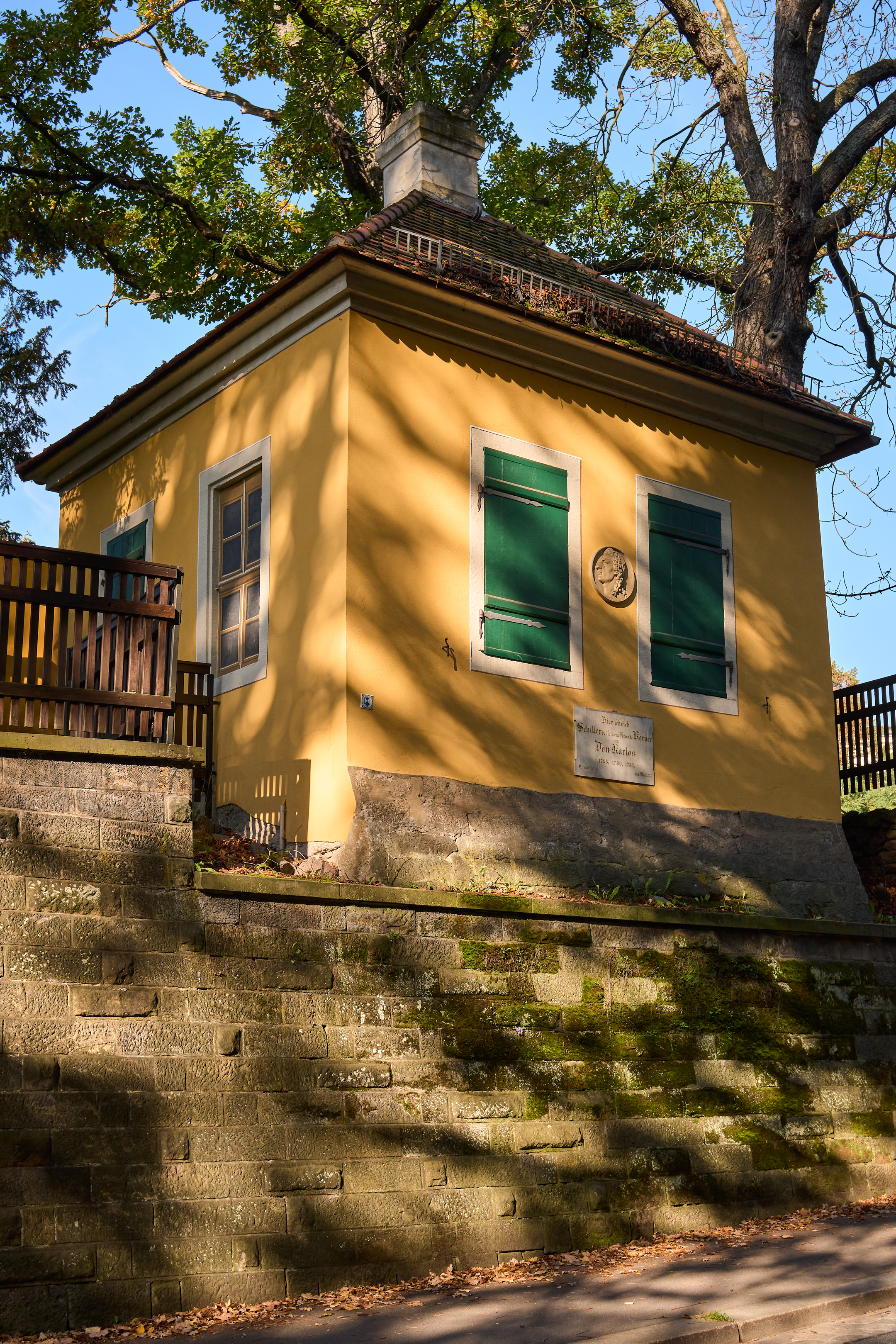
Stadtmuseum in the Landhaus
The Stadtmuseum Dresden is located just a few metres from the Dresden Frauenkirche in the historic Landhaus. The permanent exhibition presents over 1,000 exhibits in three halls. More than 20 media stations and many educational programmes create various opportunities to learn about 800 years of Dresden's history. Numerous film installations and a small cinema show how the city has changed over the past century.

Carl Maria von Weber Museum
»Oh Hosterwitz, oh peace,« wrote Carl Maria von Weber in his diary in May 1823. He spent the summer months of 1818/19 and 1822 to 1824 with his family in the winegrower's house near the city of Dresden. From here, he went on long hikes as far as the Elbe Sandstone Mountains. He loved this landscape very much and felt inspired by it; here he found peace and leisure to compose.

Kraszewski Museum
The Kraszewski Museum is regarded as the first binational museum in Germany. Founded in 1960 as a joint project between the Dresden City Museum and the Adam Mickiewicz Literature Museum in Warsaw, the museum continues to focus on the cultural and historical links between Saxony and Poland and international understanding.

Kügelgenhaus – Museum of Dresden Romanticism
»Everything depends on God's blessing« – this motto is written large on the façade of the Kügelgenhaus and once gave the building the name »God's blessing«. Today, it houses the Museum of Dresden Romanticism. With its exhibition and events, it is dedicated to the period from 1790 to 1830. In the former home of the painter Gerhard von Kügelgen, the Museum of Dresden Romanticism commemorates a heyday of the city's cultural life. Where the painter, his family, friends and artists once met to exchange ideas, visitors can now take a stroll through Dresden during the Romantic period. They will encounter painters, musicians and writers such as Caspar David Friedrich, Philipp Otto Runge, Johan Christian Clausen Dahl and Carl Gustav Carus, Carl Maria von Weber, Robert Schumann and Richard Wagner, Novalis, Ludwig Tieck, the Schlegel brothers, Heinrich von Kleist and E. T. A. Hoffmann.

Schillerhäuschen
With manuscripts, letters and pictures, Dresden's smallest museum tells the story of Friedrich Schiller's time in Dresden, the works he wrote here and his friendships with the Körner family. It also traces the memory of the poet in Dresden. The most valuable exhibit, however, is the Schiller House itself. Although it is not certain whether the poet ever entered it, the listed garden cottage on Christian Gottfried Körner's former vineyard has been a reminder of Schiller's time in Dresden for almost 170 years. As early as 1855, on the 50th anniversary of his death, a memorial plaque was placed on the street side of the building. It was inaugurated as a memorial in 1863.























